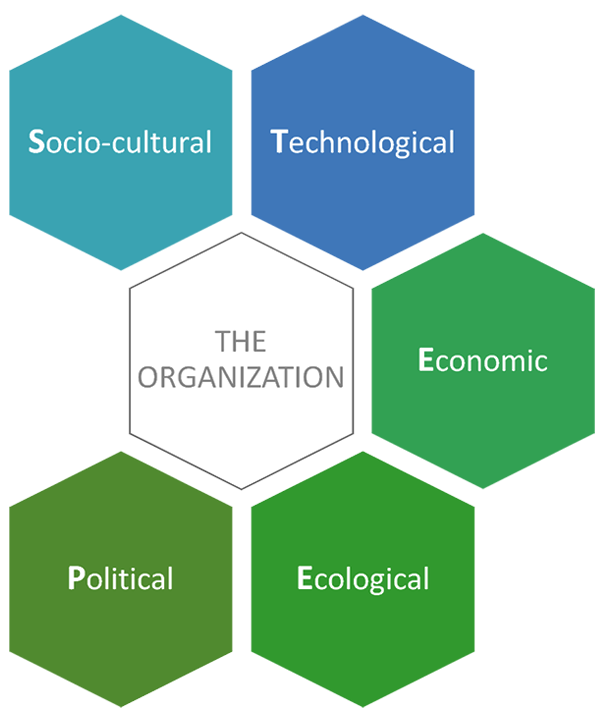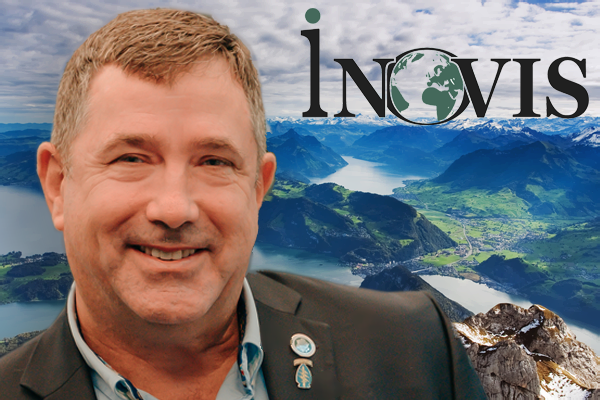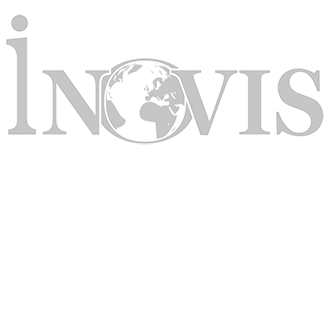 CONTACT US
CONTACT US
by Larry Fauconnet* and Marc Limacher*
originally published by Pragmatic Institute 
Editor's Note: You can learn details about how to employ the competitive landscape paradigm discussed in this blog in Larry and Marc's article, "Mapping International Go-to-Market Strategies: Using the Competitive Landscape as Your Guide"

contact us to learn more about how we can assist with your international marketing strategy ⟩
Viewing a targeted international market through all the lenses of the competitive landscape paradigm can help your company position itself for more effective market entry. This paradigm is composed of the STEEP factors (socio-cultural, technological, economic, environmental, political) of scenario planning that surround and drive Michael Porter's five competitive forces (supplier, substitutes, new entrants, competitors, customers).
It's instructive to look at some of the better-known foreign market entries that failed and consider the lenses of the competitive marketing paradigm that could have helped better optimize their brand entries. For instance, from the perspective of selected STEEP factors:

Walmart struggled with entries to the German and Japanese markets. In Germany, consumers felt a bit freaked out by Walmart's effusive, American-style greeters. In Japan, Walmart's venture with the Seiyu retail company suffered because the message of "Everyday Low Prices" was equated locally with cheap quality. Walmart failed to view each of these markets through the socio-cultural lens.
In Germany, Walmart also encountered problems with labor laws and other regulatory hurdles — issues it could have avoided by thoroughly investigating the political lens.
When Home Depot entered the Chinese market, it employed the economic lens well, choosing an entry period of strong housing growth. But by expecting this boom to equate to a similar rise in do-it-yourself (DIY) home improvement as it would with U.S. consumers, Home Depot failed to look ahead through the socio-cultural lens: In China, DIY is associated with a lower economic status in which consumers who can't afford new housing must do repairs themselves.
Best Buy's entry into the UK market failed in part because it entered during one of the worst economic downturns in history — a misreading of the market's economic lens.
And in an example of failing to view a market entry plan through the lenses of all of Porter's Five Forces:
When Groupon entered the Chinese market, it failed in part by neglecting the competitive lens. The company underestimated the extent and impact of the other players in China's group-buying market space. As a result, the company's expected 50%-50% profit split with vendors was relegated to a 10%-90% profit split in favor of the third-party vendors — a foreseeable situation if Groupon had thoroughly investigated local competitors.
As consultants, we often help clients better understand the competitive landscape in unfamiliar markets. Working with U.S. B2B tech companies that seek to optimize their entry into various Asian markets, for example, we've seen that:
READ MORE articles by INOVIS on competitive intelligence strategies 

Larry Fauconnet, Senior Director of Competitive Insights & Strategy focusing on IT, Telecommunications, and Digital Health, leverages 30 years of competitive intelligence and strategy experience to assist clients in understanding and positioning themselves more effectively on the competitive landscape.
